Material Science and Engineering
Solar cells: a solution for better crystals
A fast and cost-efficient fabrication process for high-quality perovskite crystals bridges the gap to silicon.
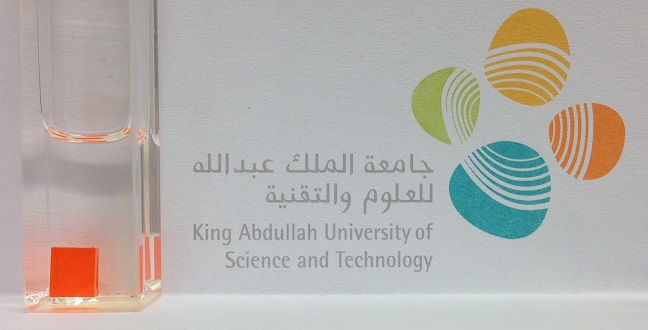
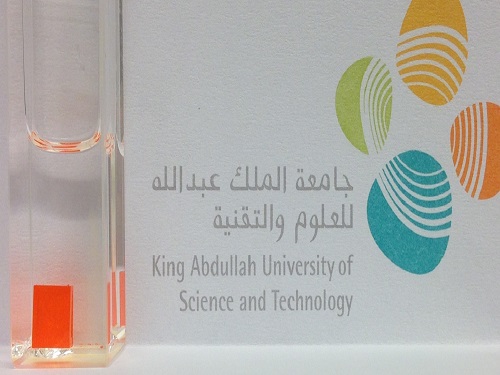
A single halide perovskite crystals grown from solution.
© 2015 KAUST
A good solar cell will convert light into electricity with a high efficiency and in an economically viable way. Now Osman Bakr and colleagues from KAUST have developed a fabrication method for large crystals of halide perovskites — organometals that are cheaper and more efficient than silicon1.
To date, the solar cell market has been dominated by silicon both because of its high conversion efficiency and its abundance as a raw material. Yet fabricating silicon crystals is still a relatively expensive process, leading researchers to seek cheaper alternatives.
Bakr and colleagues from KAUST’s Solar and Photovoltaics Engineering Research Center investigated perovskite as a potential alternative to silicon. “Perovskite solar cells promise to bridge the gap between high efficiency and cost-effective photovoltaic technologies,” says Bakr.
In recent years perovskite solar cells have dramatically improved in conversion efficiency from a few percent five years ago to more than 20 percent. Similarly to silicon, the most efficient perovskite solar cells are based on pure single crystals. However, whilst silicon fabrication techniques have developed, growing suitable single perovskite crystals for applications remains a challenge.
The approach developed at KAUST has potential to overcome such hurdles. Current growth methods use a saturated liquid solution of a crystal’s constituents which is slowly cooled so that crystals form. However, this approach does not allow control over the crystallization process, and results in a lack of uniformity in the size of the crystals.
To overcome such issues, Bakr’s team used an antisolvent evaporated into the solution. The antisolvent is a compound in which the components of halide perovskites are insoluble. Adding the antisolvent to the solution reduces its capacity to dissolve the halide perovskite components and encourages crystal growth.
The crystals grown using this procedure are large and of high quality (see image). Spectroscopic measurements indicates that there are fewer defects than for alternative methods. Furthermore, time-resolved measurements of the electron lifetime provided evidence that in the high-quality crystals electrons excited by the light also travel further.
The knowledge of these parameters is important for the development of high-efficiency solar cells, comments Bakr. “The determination of the ultimate carrier mobility and diffusion length provides new horizons for perovskites in solar cells and other optoelectronic devices.” The possibility to grow sufficiently pure crystals for perovskite solar cells is a significant step towards their commercial success.
References
- Shi, D., Adinolfi, V., Comin, R., Yuan, M., Alarousu, E., et al. Low trap-state density and long carrier diffusion in organolead trihalide perovskite single crystals. Science 347, 519-522 (2015).| article
You might also like

Material Science and Engineering
Electron movie guides design of layered perovskite materials
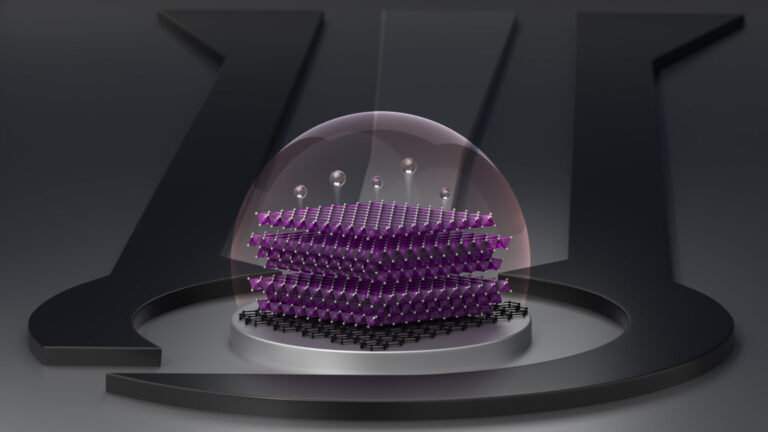
Material Science and Engineering
Remote region sensor for essential vitamin deficiency
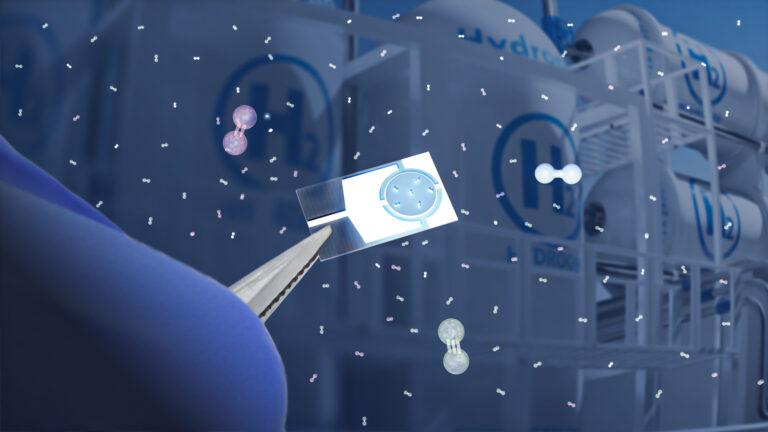
Material Science and Engineering
Low-power hydrogen sensor detects leaks in an instant

Material Science and Engineering
Illuminating pathways to long-lived organic solar cells

Chemistry
Beating the dark current for safer X-ray imaging

Chemical Engineering
Net benefits for advanced materials design
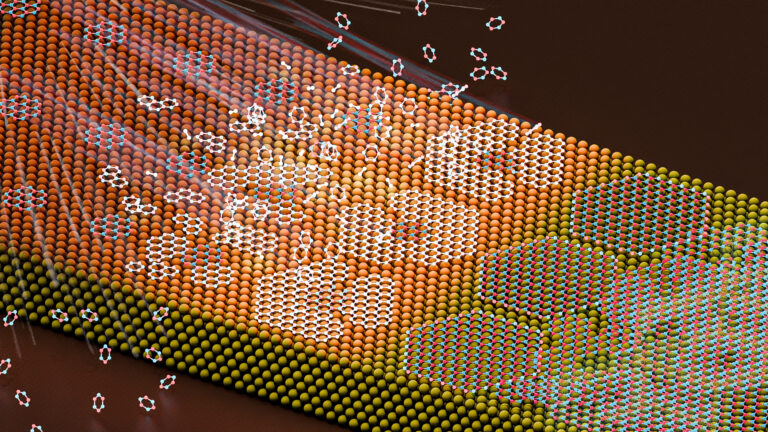
Material Science and Engineering
Atom-thin insulator grown into perfect films
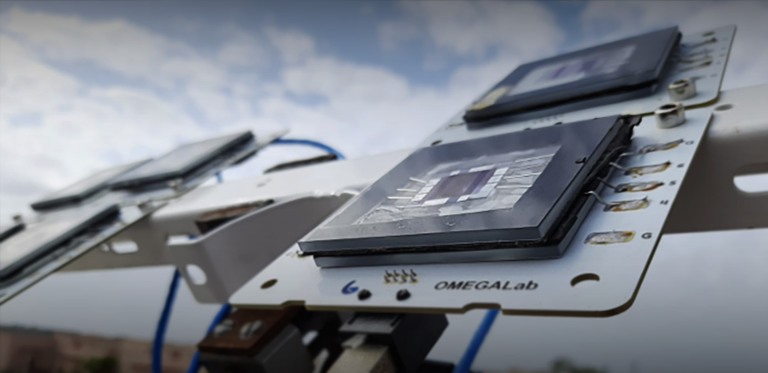
Material Science and Engineering



